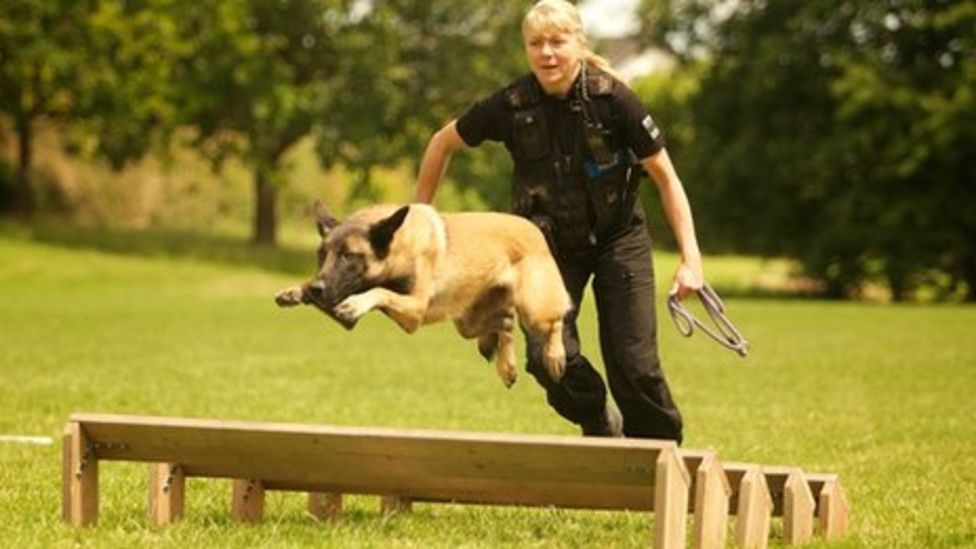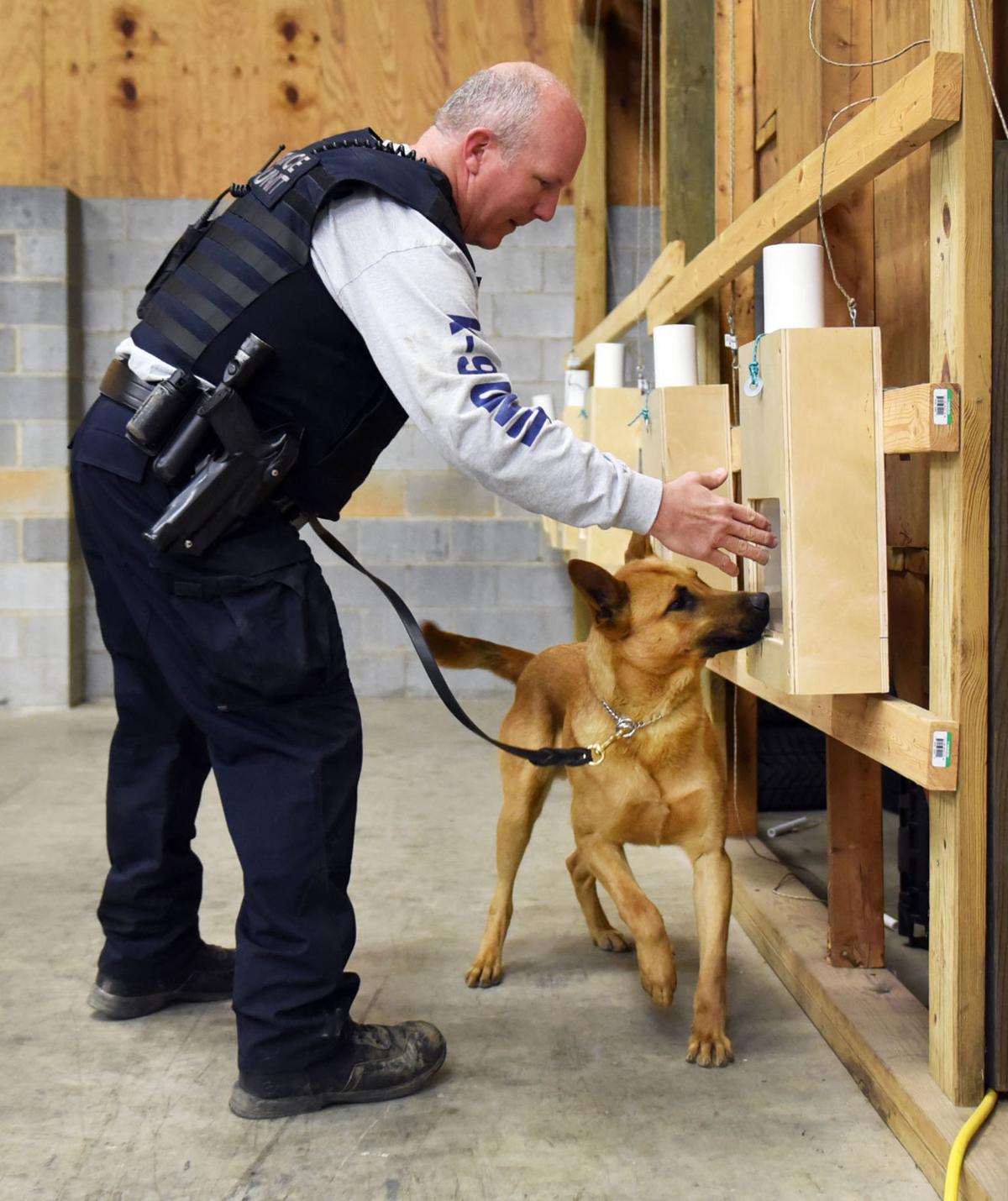how are police dogs trained
How Are Police Dogs Trained?
Police dogs are an essential part of law enforcement, and for good reason. They can help officers track down suspects, search for drugs and explosives, and provide protection. But how are these amazing animals trained to do their jobs?
The training process for police dogs is long and rigorous, but it is essential to ensure that the dogs are able to perform their duties safely and effectively. Police dog training typically begins when the dogs are between 8 and 12 weeks old. During this initial phase, the dogs are taught basic obedience commands, such as sit, stay, and come. They are also socialized with other dogs and people to help them become well-rounded and confident.
Once the dogs have mastered basic obedience, they begin more specialized training. This training focuses on teaching the dogs specific skills that they will need for their work as police dogs. For example, tracking dogs are taught to follow a scent trail, while search and rescue dogs are taught to find people who are lost or trapped.
Police dog training is often done in aversive-based methods or positive reinforcement based methods. Aversive-based methods use punishment to discourage unwanted behaviors, while positive reinforcement methods use rewards to encourage desired behaviors. Both methods have their own advantages and disadvantages, and the best method for training a particular dog will depend on the dog's individual personality and learning style.
Aversive-Based Training
Aversive-based training methods use punishment to discourage unwanted behaviors. This can include using shock collars, choke collars, or prong collars to deliver aversive stimuli to the dog when it misbehaves. Aversive-based training can be effective in teaching dogs basic obedience commands, but it can also be dangerous and stressful for the dogs.

Positive Reinforcement Training
Positive reinforcement training methods use rewards to encourage desired behaviors. This can include using treats, toys, or praise to reward the dog when it performs a desired behavior. Positive reinforcement training is generally considered to be the more humane and effective way to train dogs, and it is the preferred method for training police dogs.
The Benefits of Police Dog Training

Police dog training is essential for ensuring that these animals are able to perform their jobs safely and effectively. Well-trained police dogs can help officers to:
- Track down suspects
- Search for drugs and explosives
- Provide protection
- Deter crime
- Increase public safety
Police dogs are an invaluable asset to law enforcement, and their training is essential to their success. By providing these animals with the skills and tools they need to do their jobs, we can help to keep our communities safe.

The Different Types of Police Dogs
There are many different types of police dogs, each with its own unique set of skills. Some of the most common types of police dogs include:
- Scent detection dogs are trained to track down suspects by following their scent trail. These dogs are often used to track criminals who have fled the scene of a crime or to search for missing persons.
- Explosive detection dogs are trained to detect the presence of explosives. These dogs are used to search for bombs and other dangerous materials at airports, train stations, and other public places.
- Narcotics detection dogs are trained to detect the presence of illegal drugs. These dogs are used to search for drugs in cars, homes, and other locations.
- Patrol dogs are trained to protect their handlers and to apprehend suspects. These dogs are often used for crowd control and to deter crime.
- Search and rescue dogs are trained to find people who are lost or trapped. These dogs are often used in search and rescue operations after natural disasters or other emergencies.

The type of police dog that is used for a particular job will depend on the specific needs of the situation. For example, a scent detection dog would be used to track down a suspect, while an explosive detection dog would be used to search for bombs.
The Importance of Police Dog Training
Police dog training is essential for ensuring that these animals are able to perform their jobs safely and effectively. Well-trained police dogs can help officers to track down suspects, search for drugs and explosives, and provide protection. They are an invaluable asset to law enforcement, and their training is essential to their success.

How to Become a Police Dog Handler
Becoming a police dog handler is a challenging but rewarding career. In order to be successful, you must have a strong love of animals, excellent physical fitness, and the ability to work well under pressure.
The first step to becoming a police dog handler is to complete a police academy. Once you have graduated from the academy, you will need to complete additional training to become certified as a police dog handler. This training will typically include learning how to train and handle police dogs, as well as how to use them in the field.

After you
Thank you for exploring our website by how are police dogs trained. Your presence fuels our commitment to excellence. Come back for a more enriching experience!

